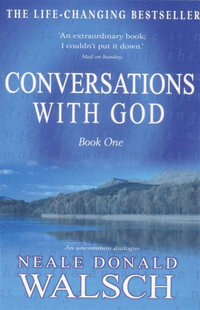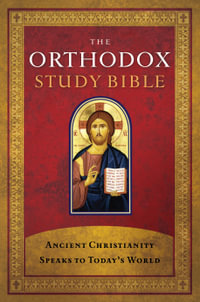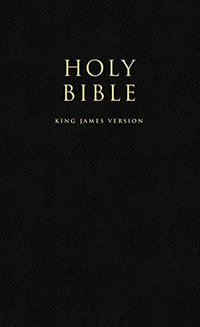Weteriana Methodism re-examines the Wesleyan mission's impact in Aotearoa New Zealand, centering indigenous voices and perspectives.
Edited by Peter Lineham, and published in association with the Wesley Historical Society (NZ), this collection of essays illuminates the complexities of M?ori engagement with Christianity, providing essential insights for understanding the enduring legacy of Methodism today.
Read this book to:
* Gain a deeper understanding of the complex history of Methodism in Aotearoa New Zealand.
* Explore the diverse voices and experiences of M?ori communities in relation to the Wesleyan mission.
* Challenge traditional narratives and gain new perspectives on missionary history.
* Enhance your knowledge of indigenous studies and colonial impacts on faith communities.
* Contribute to meaningful conversations about the legacy of Christian missions in contemporary society.
* Enjoy a well-researched and engaging collection that fosters critical thinking and reflection.
Features:
* A collection of essays from prominent historians and scholars.
* Focus on M?ori perspectives and experiences with the Wesleyan mission.
* Examination of the roles of early M?ori supporters and missionary women.
* A bicentennial reflection that contextualizes the past within today's societal issues.
* Richly detailed analysis combining historical research with contemporary relevance.
* Ideal for scholars, students, and anyone interested in the intersections of faith, culture, and history.
* 21 b/w historical photos, paintings and drawings; 5 maps of mission station and other significant locations
Roshan Allpress explores the community that gave its support to the formation of the Wesleyan Missionary Society, and guided its move to New Zealand and the South Seas.
Glen O'Brien casts a close eye on Samuel Leigh who first visited New Zealand in 1819, and was the pioneer Wesleyan missionary in 1822-23.
Gary Clover looks closely at the second location of Wesleyan missionaries, in the Hokianga, after their flight from Whangaroa, and identifies the key roles played by M?ori supporters and catechists.
Susan Thompson looks at the early missionary women, and what we can know of their role in the mission.
Geoffrey Troughton examines the Mission's response to the changing circumstances of New Zealand after 1840, and the pressure on the missionaries to accommodate the settler demand for land.
Rowan Tautari examines the site of the first missionary base in Kaeo and shows how its identity remains deeply contested in the M?ori world.
Peter Lineham explores what happened to Weteriana Methodism in the 20th century, and how traditional mission sites retained their identity largely through the work of M?ori preachers and ministers.

![NRSV Catholic Bible Gift Edition [White] : Holy Bible - Thomas Nelson](https://www.booktopia.com.au/covers/200/9780785230380/2211/nrsv-catholic-bible-gift-edition-white-.jpg)

















![A Return to Love : Reflections on the Principles of a Course in Miracles [Thorsons Classics edition] - Marianne Williamson](https://www.booktopia.com.au/covers/200/9780722532997/null/a-return-to-love.jpg)




